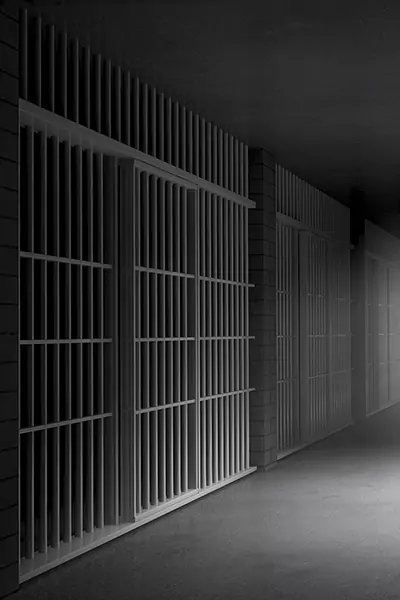California Court System
- in Courthouse
Get Someone Out of Jail Fast — 24/7 Help
Reliable, confidential bail bonds available anytime, anywhere in California. We move quickly so you can bring your loved one home.
Get in TouchWhen the state of California was being formed, its constitution defined the structure, hierarchy as well as regulations associated with its judiciary.
It covered the creation of California’s court system and established the California courts of appeal, appellate courts as well as the state’s supreme court. California’s judicial system is the biggest in the United States and is completely staffed by professional judges who have been law-trained.
Purpose
The goal of California’s judiciary is to provide everyone with fair access to the court system. It is designed to resolve legal issues efficiently and fairly. They also determine the guilt or innocence of individuals charged with a crime. The judiciary also interprets the laws provided by the Constitutions of the United States and California.
Bail Bond Process in California
When a person is charged with a crime in California, they are usually provided a court bond hearing. During this hearing, a judge will determine the amount of bond a person must pay the court to remain out of jail until their trial date. A person is permitted to pay the entire bail amount themselves. It’s also possible for a person to post a bond using their property. They can also post a bail bond. This is where the amount of a bond requested by the court is paid by a bail bond agency. A person will pay a percentage of the bail amount that is determined by law to the bail agency. This is the most common way bail is posted in California.
Superior Courts
California’s state court system is the most expansive in the United States. It is able to serve a constituency that makes up over 11 percent of the population of the United States. Most of the legal cases in the California court system start in one of its 58 superior or trial courts. They are each located in one of California’s 58 counties. There are over 499 court buildings located within California. The trial courts will hear a variety of cases. Everything from traffic cases to criminal cases as well as civil cases, juvenile, family, mental health and more.
California Appellate Courts
The state has two different types of Appellate Courts. One is the Courts of Appeal, and the other is the California Supreme Court. California has six Courts of Appeal, and there is one California Supreme Court. When an individual does not agree with a ruling made by a Trial Court, they can appeal their case to one of California’s six Appellate Courts. This is the process of asking a higher court to change the ruling of the Trial Court. The courts of appeal have the jurisdiction of the mandatory case review. There are over 15,000 appeals made annually. This results in over 11,000 opinions issued on cases each year. Not all appeals are granted. Many don’t have the merit to warrant an appellate court decision. The Courts of Appeal is California does not provide a new trial for a case. Their job is to carefully examine the files, and court transcripts provided by the Superior Court record and determine if legal errors occurred during the trial. This often involves the Court of Appeals listening to case arguments from legal representatives from the plaintiff as well as the defendant. These proceedings are open to the public. During these oral arguments, there are no official witnesses or juries present.
Supreme Court
The California Supreme Court is the highest level of court in the state. It is the only judicial body permitted to review decisions handed down by the Courts of Appeal. There are cases that bypass the Courts of Appeal and are automatically given to the state’s Supreme Court. These are cases involving disciplinary actions against lawyers or judges as well as death penalty appeals. California’s Supreme Court consists of seven justices. In order for a decision to be final, four of the justices must agree with it. All other courts in California’s judiciary must obey the decisions of the state’s Supreme Court.
Judicial Council
This is the policy-making body of the California court system. The Judicial Council is led by the Chief Justice of California’s Supreme Court. This body is responsible for making certain the independent, consistent, and impartial administration of justice is applied in all cases. The Administrative Office of the Courts functions as the staff for the Judicial Council.
About the Author

Jose F. Espinoza
Licensed Bail Agent #1841969 · Founder, Espinoza Bail Bonds
Jose F. Espinoza is a U.S. Army veteran, former Military Police officer, and licensed bail agent who founded Espinoza Bail Bonds in 2014. After 25 years of decorated military service, he now brings the same discipline, loyalty, and calm leadership to helping families navigate the bail process. Jose believes in second chances and treats every client with dignity, respect, and compassion.

